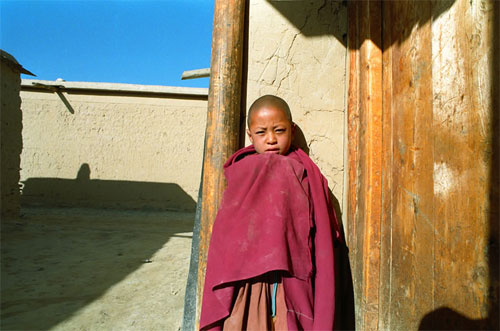xSP
August 23, 2007
For Google, Not Even The Sky is Off Limits
By Gene Hirschel
As if the entire planet, down to embarrassing street photos, weren't enough, Google Earth has added a new feature allowing users to see all things sky. Let's hope none of the aliens are wearing thongs.
Packed with 100 million individual stars and 200 million galaxies, the new feature was a serious undertaking. The Google Earth Sky feature contains seven informative layers, including constellations, backyard astronomy showing objects within easy optical reach, Hubble imagery, the moon, planets, Galaxies, and even "Life of a Star" tour.
To access Google Sky, click "Switch to Sky" from the "View" menu, or click the Sky button on the Google Earth toolbar.
The "steer," "drag, "zoom" and "search" navigation buttons work just like the terrestrial versions. Users can also save their favorite planets, stars, galaxies, and extraterrestrial hot spots.
Google Sky was the fruit of the University of Washington's participation in the Google Visiting Faculty Program, making possible visits from leading academic researchers. Google's Pittsburgh engineering team created Sky by stitching together imagery from numerous scientific third parties, including the Space Telescope Science Institute (STScI) among others.
"Sky is a very cool new feature for anyone who has ever looked up at the sky and wanted to know more," said Sally Ride, former astronaut and CEO of Sally Ride Science, in a statement. "I think this is a great tool for satisfying that curiosity."
Captain Kirk never had it so good.
*******************************
Google's launch this week of Sky, a new feature within Google Earth that provides a virtual tour of celestial phenomena, may be of limited use to professional astronomers, but its impact on future scientists and amateur stargazers alike is expected to be as infinite and expansive as the universe it portrays. New features on the horizon promise to further refine Sky's ability to serve as a virtual observatory and deliver images of unfolding cosmic events as they occur.
The key to Sky's success and its impact on the field of astronomy is the software's ability to provide an easy-to-use interface that satisfies Internet users' insatiable appetite for new information. "There is a huge need to get more young people interested in science," says California Institute of Technology astronomy professor S. George Djorgovski.
The Caltech Center for Advanced Computing Research's VOEventNet project, which created a virtual observatory by linking a number of telescopes, introduced a software program this week that works with Sky, allowing users to post and view images and video of transient phenomena such as exploding and colliding stars, gamma-ray bursts, and supernovae within minutes of their detection. As such, Djorgovski is hoping to make Sky a dynamic learning tool that leads not only to increased enthusiasm in astronomy but also to an interest in related disciplines such as physics and even information technology.
Caltech's VOEventNet team is hoping to add links by March that let users track the movement of asteroids, which are "weeds in the rose garden for professional astronomers" but create excitement among amateur stargazers by providing them with the feeling of discovering something new, says Roy Williams, Caltech senior scientist and leader of the VOEventNet team.
Google Earth debuted in June 2005, combining Google's search capabilities with worldwide geographic information provided by maps and satellite images. Google created Sky by stitching together imagery from a number of scientific institutions, including the Space Telescope Science Institute (STScI) in Baltimore, Caltech's Palomar Observatory in California and the U.K. Astronomy Technology Center in Edinburgh. Sky lets Google Earth users view and navigate through 100 million individual stars and 200 million galaxies by clicking on "Switch to Sky" from the "view" drop-down menu in Google Earth, or by clicking the "Sky" button on the toolbar.
More than a star map, Sky is an interface that astronomers, educators and students can use to contribute their own findings to a community of like-minded users, says Carol Christian, an astronomer with STScI, which serves as the science operations center for the orbiting Hubble telescope. Look for Google to eventually offer Sky users the ability to go beyond conventional video and photo images and view ultraviolet and infrared images of the celestial universe, something that will help people "appreciate the astrophysical universe they live in," she says.
Christian would also like to see the Google Earth and Sky interfaces merged into one (for now, users click on a button to switch between interfaces) so that they can navigate seamlessly between the terrestrial and extraterrestrial worlds.






